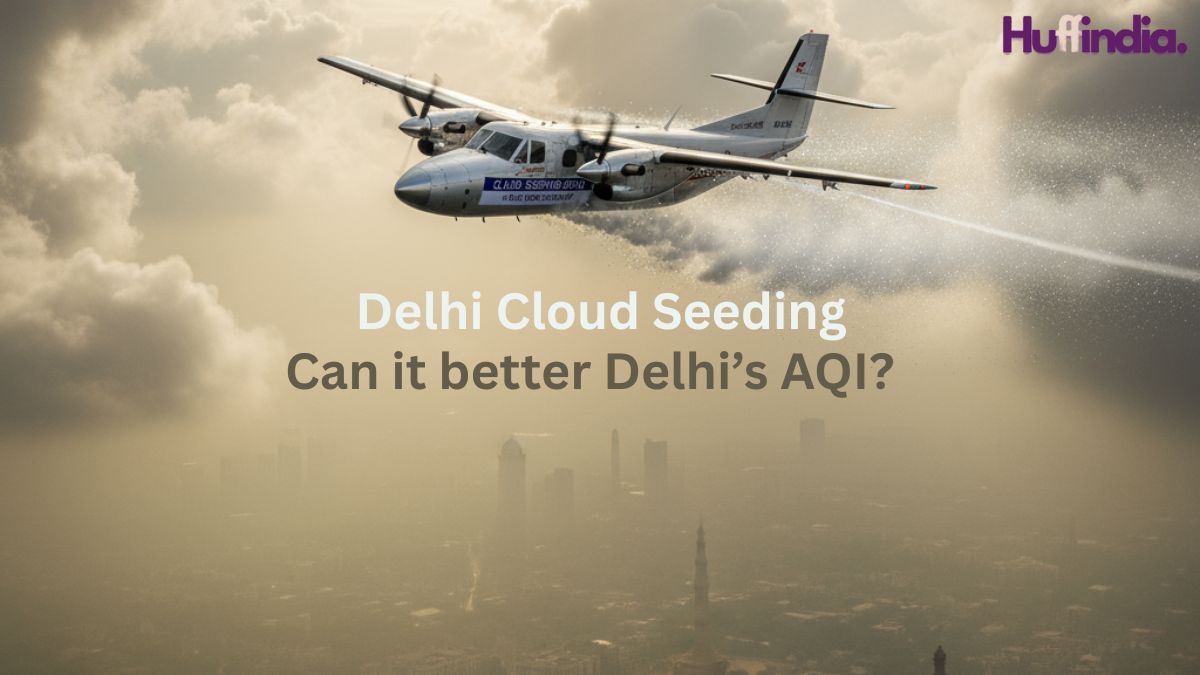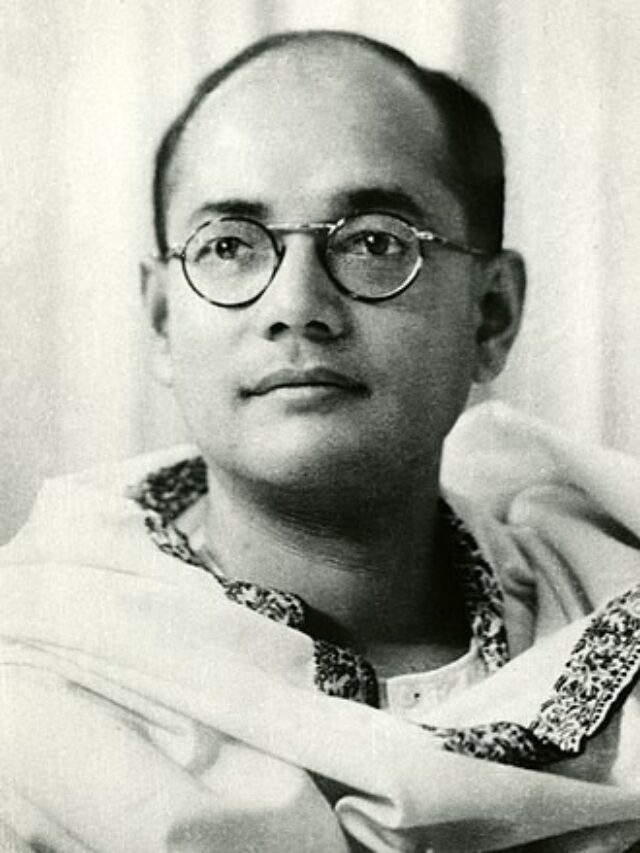Delhi’s ambitious cloud seeding experiment aimed at combating severe winter air pollution through artificial rain production ended in disappointment on October 28, 2025, as the Rs 3.2 crore initiative by the Delhi government in partnership with IIT Kanpur failed to produce measurable rainfall despite two consecutive attempts. The trial, conducted over pollution-choked areas including Burari, Karol Bagh, Mayur Vihar, and Badli, resulted in minimal precipitation of only 0.1-0.2 millimeters in nearby Noida and Greater Noida, raising serious questions about the viability and sustainability of weather modification as a pollution mitigation strategy.
The India Meteorological Department (IMD) recorded zero rainfall in Delhi proper, despite aircraft from IIT Kanpur dispersing 16 flares containing silver iodide and sodium chloride compounds into clouds across the capital region. The failed experiment represents the first systematic attempt at cloud seeding in India’s capital in over five decades, marking a significant setback for the Delhi government’s innovative environmental initiative aimed at providing temporary relief during peak winter pollution months.
IIT Kanpur Blames Low Moisture Content for Failed Seeding
The primary reason for the experiment’s failure was the critically low moisture content present in Delhi’s winter clouds, averaging between 10-15 percent, far below the minimum 50 percent humidity level required for effective cloud seeding operations. IIT Kanpur Director Manindra Agrawal acknowledged that clouds present during the trial lacked sufficient water droplet concentration to sustain rain formation despite the seeding agents being deployed correctly.
“Unfortunately, the clouds that are present today do not have very high moisture content. I am told it was only up to 15-20 percent. So the possibility of causing rain with such low moisture content is not very high,” Agrawal stated in the aftermath of the failed trial. The IIT Kanpur report noted that vertical cloud development, a critical parameter for successful seeding, remained inadequate, further reducing precipitation probability.
The moisture deficit reflects a broader atmospheric pattern characterizing Delhi’s winter months, when cold, stagnant air masses create stable atmospheric conditions that restrict cloud formation and moisture accumulation. While clouds remained visible from ground level, their physical properties—particularly the liquid water content essential for seeding—proved insufficient to generate meaningful precipitation.
Minimal Air Quality Improvements Recorded Despite Failed Rainfall
Although the cloud seeding experiment failed to produce tangible rainfall, government data indicated marginal reductions in particulate matter concentrations at monitoring stations where trials occurred. PM2.5 levels declined by 6-10 percent in the first seeding attempt and 1-4 percent in the second attempt, while PM10 concentrations dropped by 14-21 percent following the initial trial and 14-15 percent after the second attempt.
Specific monitoring data from trial areas showed PM2.5 levels at Mayur Vihar declining from 221 to 207 micrograms per cubic meter, at Karol Bagh from 230 to 206, and at Burari from 229 to 203 following the first seeding trial. Similarly, PM10 measurements fell from 207 to 177 at Mayur Vihar, from 206 to 163 at Karol Bagh, and from 209 to 177 at Burari.
IIT Kanpur researchers attributed these reductions to enhanced moisture density created by dispersed seeding particles, which helped settle certain suspended pollutants despite negligible wind conditions that would typically disperse particulates. However, environmental experts questioned whether such minor improvements, achieved without significant rainfall, justify the substantial financial investment and whether the effects would persist beyond the immediate trial period.
Cost-Benefit Analysis Raises Questions
The two cloud seeding trials conducted on October 28 cost approximately Rs 1.28 crore, with the complete five-trial allocation reaching Rs 3.21 crore under the Delhi government’s Memorandum of Understanding with IIT Kanpur. This calculates to approximately Rs 64 lakh per trial, raising significant concerns about cost-effectiveness when results remain minimal and unpredictable.
IIT Kanpur subsequently stated that it would conduct up to nine trials utilizing the allocated budget, positioning itself as a research institution rather than profit-seeking entity committed to assisting Delhi’s air quality crisis. However, environmental economists have questioned whether resources allocated to weather modification experimentation should instead be directed toward addressing root pollution causes including vehicular emissions, industrial pollution, and agricultural burning.
Environment Minister Manjinder Singh Sirsa defended the expenditure, characterizing cloud seeding as “a major scientific step” toward urban air quality control and describing it as India’s most comprehensive weather modification initiative for pollution management. He emphasized that the trials serve research purposes, gathering atmospheric data across varying humidity conditions to assess cloud seeding’s potential across different meteorological scenarios.
Technical Implementation Details
The trials utilized a specially configured Cessna aircraft fitted with flare dispensers, flying from IIT Kanpur’s base in Meerut. Eight flares containing seeding mixtures each weighing 2-2.5 kilograms were released at approximately 4,000 feet altitude during the first trial and at variable altitudes during the second attempt. Each flare burned for approximately 18.5 minutes, dispersing approximately 8 kilograms of total seeding material across target cloud formations.
The seeding agents, primarily silver iodide combined with sodium chloride compounds, function by providing nucleation sites around which atmospheric water vapor condenses into ice crystals. Under ideal conditions, these crystals accumulate, increasing droplet weight and triggering precipitation. However, without sufficient atmospheric moisture, the nucleation process cannot progress toward precipitation formation.
Skepticism from Environmental Experts
Environmental scientists and pollution specialists have raised substantial concerns regarding cloud seeding’s viability as a long-term pollution mitigation strategy, particularly given Delhi’s inherent meteorological limitations. Professor Mukesh Khare from IIT Delhi’s Civil Engineering Department expressed skepticism, noting that natural rainfall’s pollution reduction effectiveness depends upon raindrop size, density, and fall velocity—parameters cloud seeding cannot reliably control during winter months.
“During the rainy season, rain washes out pollutants and suppresses them to the ground. However, clouds are generally devoid of humidity during winters in Delhi. Since only negligible rain occurred, it means cloud seeding was not able to generate enough water vapor,” Khare noted. This assessment underscores that winter cloud seeding confronts fundamental atmospheric barriers that technical interventions cannot fully overcome.
Expert Consensus: Short-Term Solution Only
Environmental specialists and meteorologists maintain consistent positions that cloud seeding represents an emergency short-term measure rather than sustainable pollution solution. IIT Kanpur Director Agrawal acknowledged this perspective, describing cloud seeding as “an SOS solution” applicable during crisis situations when pollution levels become severe. Once atmospheric conditions normalize or emissions continue accumulating, pollution levels rapidly return to dangerous concentrations.
Sustainable air quality improvement requires addressing fundamental pollution sources: vehicular emissions through electric vehicle promotion, industrial pollution through stricter regulations, agricultural burning through bio-decomposer technologies, and construction dust through stringent controls. Cloud seeding cannot replace these essential measures but may provide temporary relief during acute pollution episodes.
Government’s Continued Commitment Despite Setback
Despite the trial’s failure to produce measurable rainfall, Environment Minister Sirsa announced plans for nine to ten additional cloud seeding attempts through February 2026, pending suitable atmospheric conditions confirmed by the India Meteorological Department. The government characterized continued trials as necessary research contributing to India’s weather modification knowledge base and demonstrating proactive governance addressing citizen health concerns.
Scheduled trials will target northern Delhi regions and surrounding areas, guided by wind direction forecasts provided by IMD to optimize seeding effectiveness. While meteorologists maintain that winter atmospheric conditions will continue limiting success probability, officials emphasize the importance of gathering data across varying humidity levels to establish realistic cloud seeding application parameters.
Historical Context and International Comparisons
China, the United Arab Emirates, and the United States have successfully conducted cloud seeding operations, achieving rainfall increases of 5-15 percent under favorable meteorological conditions. However, these countries possess vastly different atmospheric profiles, seasonal precipitation patterns, and moisture availability compared to Delhi’s winter climate. Delhi’s implementation faces unique environmental constraints absent in successful international programs.
The 1946 foundational cloud seeding experiment by scientist Irving Langmuir, conducted within a freezer environment, established the scientific principle underlying modern weather modification. However, translating laboratory concepts to real-world urban atmospheric conditions, particularly in moisture-depleted winter settings, presents substantially greater technical and practical challenges.
Conclusion
Delhi’s Rs 3.2 crore cloud seeding experiment, though scientifically conducted and technically sound, failed to produce the anticipated rainfall benefits due to fundamental atmospheric limitations during winter months. While marginal pollution reductions were recorded, experts question the sustainability, cost-effectiveness, and long-term viability of weather modification as a primary pollution mitigation strategy. The failed trial underscores necessity for comprehensive, multi-pronged approaches addressing pollution root causes while potentially reserving cloud seeding for acute crisis situations under favorable atmospheric conditions.
Stay tune for more news Huffindia.com























